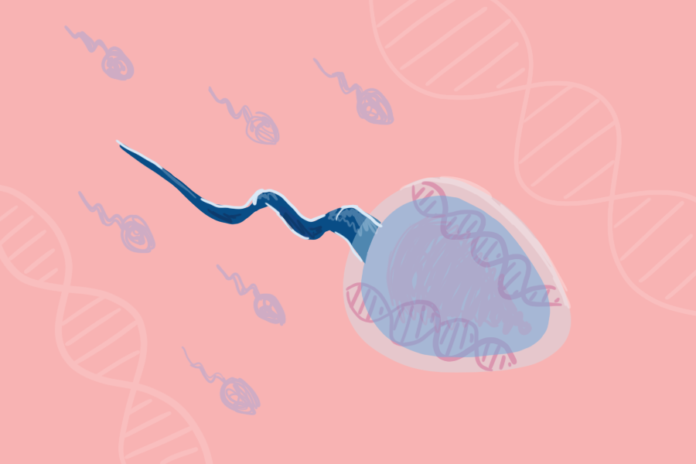Understanding the process of chromosome pairing in meiosis is important to prevent biological defects in genetics
By YASH RATHI — science@theaggie.org
In meiosis — the process through which all the sex cells multiply in eukaryotes — homologous chromosomes pair with each other through recombination. If during this process, there is an incorrect pairing of chromosomes, this defect can lead to miscarriages or birth defects.
Dr. Sean M. Burgess, a professor in the Department of Molecular and Cellular Biology at UC Davis, is interested in the process of meiosis and how chromosome pairing happens. Burgess and her colleagues conducted a study that appeared in the National Academy of Sciences which provided some insights into the homologous pairing of chromosomes in meiosis.
“Critical to this process are the pairing, recombination, and segregation of homologous chromosomes (homologs),” the study reads. “While pairing and recombination are linked, it is not known how many linkages are sufficient to hold homologs in proximity.”
To better understand the underlying mechanisms behind chromosomal pairing, the researchers used live-cell imaging to watch the pairing occur in real time.
“We were interested in meiosis and how chromosomes segregated into different gametes and what the process of chromosomes coming together is,” Burgess said. “There have been static images of chromosome pairing for like 100 years, but we wanted to see it in real time. That’s why we developed a system where we can actually see chromosomes and do live-cell imaging and watch chromosomes move around in space relative to each other.”
For this research, the team created a strain of budding yeast so that their chromosomes had fluorescent markers. They used light-imaging microscopes to visualize the process. When the cell entered the early phases of meiosis, they took measurements of the chromosome every 30 seconds for 25 minutes. From these measurements, Burgess’ lab developed an algorithm called “SeeSpotRun,” which helped them to determine the chromosomal sites in a three-dimensional space.
“We took a yeast’s chromosome, and we integrated these DNA sequences, which bind to the repressor proteins,” Burgess said. “It is a tool which we can use to tag a chromosome with a fluorescent dye. We introduced chromosomes with one of these sites and replicated the chromosomes and did our study on it. In some cases, the chromosomes were together, but in some cases, they were apart. We were interested in how these chromosome pairs split during the formation of sex cells.”
Burgess and her team noticed that these homologous chromosomes were not stable during pairing, but they are dynamic. Only a few tethers were required to keep the pairs bound together. This was the first time that any researcher provided a live view into interchromosomal dynamics in the process of sex cell division.
In her study, Burgess found that two to four linkages are required to keep these homologous chromosomes together. She explained that this might be because when two to four linkages are present, they create an inhibitory signal that prevents the linkage of other chromosomes nearby.
After completing her research, Burgess reached out to colleagues at Stanford University who were conducting similar research to see if their work might corroborate her results. Their conclusions and data matched with the data that Burgess’ team collected during the research done at UC Davis on yeast.
“They were interested in chromosomes as polymers and how these giant polymers move around in a confined space in the nucleus,” Burgess said. “They have developed some math models, and we had this ideal situation where they could see what kind of match they had with our study.”
Burgess said that she and her Stanford colleagues will be continuing to research the topic, further examining the process of homologous pairing in meiosis in hopes of uncovering what exact process helps chromosome pairing to occur error-free.
Written by: Yash Rathi — science@theaggie.org




